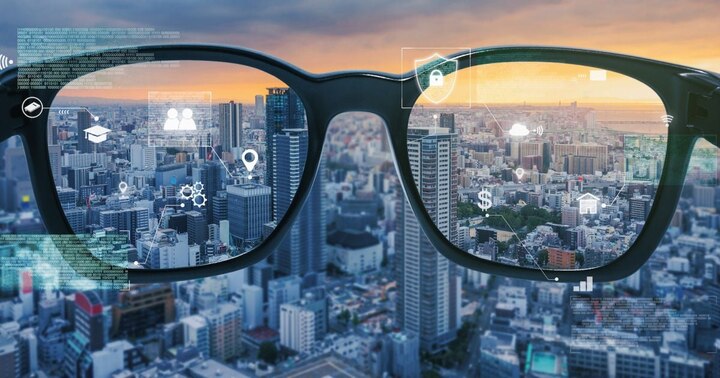Even though smart AR glasses with augmented reality capabilities haven’t completely taken over, a lot of applications for augmented reality are now in use.
Applications of today frequently take the shape of Head-up Displays (HUDs), which are transparent displays that present data without obstructing the view, similar to a window with writings on it. Except that the annotations are data that adjust to the surroundings being examined. HUDs were first created for use in military airplanes.

The Integrated Visual Augmentation System, a $22 billion program launched by the American Army this year, will create mixed reality battle goggles (IVAS). With the use of the new eyewear, soldiers may communicate in real-time about information like maps or enemy locations while they are engaged in combat.
However, HUDs are already being employed in other industries, including cars and commercial aviation. HUDs, which can display crucial information like driving directions on the driver’s windscreen without requiring the driver to take their eyes off the road, is viewed as the next step in advancing the driving experience, especially for cars.
Automakers like Kia, who employ the HUD in models like the Kia EV6, Kia Niro, and others, are already implementing this form of AR HUD.
Assisted reality is a different version of AR that is being used in a variety of fields. It is comparable to Augmented Reality in that information is shown on a screen over the user’s surroundings, but it is less immersive.
One business, RealWear, creates head-mounted devices for aided reality for front-line workers in sectors such as healthcare, energy, manufacturing, and automotive. According to Jon Arnold, vice president of EMEA at RealWear, the primary use cases for XR (or extended reality, which encompasses both augmented reality and aided reality) today are focused on business and security.
The potential for how AR glasses will change our user experience—and our lives—grows as digital behemoths like Google, Apple, and Magic Leap draw closer to releasing new types of smart glasses.
Take the Metaverse as an illustration. However, headsets like The Magic Leap 2 provide a fully immersive experience even while XR gear isn’t yet ready for the Metaverse (it’s too pricey, too large, or just not very good).
Users will require wearable tech and glasses like these to take them there if they intend to spend any time in the metaverse.
Faster networks for AR will enable regular employees to better interact in real-time with their international teams. What precisely does this look like? Everyone participating in a virtual presentation or meeting would be able to access the same material at the same time and collaborate on real-time digital content interaction thanks to 5G-enabled AR.
AR and VR are still far from being completely supported by today’s 5G. Meanwhile, cutting-edge smart glasses solutions continue such as in Japan. Japanese customs authorities employ smart glasses to combat smuggling since they can instantly share cargo photographs with other experienced inspectors.

I am a law graduate from NLU Lucknow. I have a flair for creative writing and hence in my free time work as a freelance content writer.